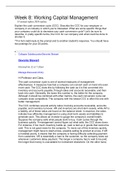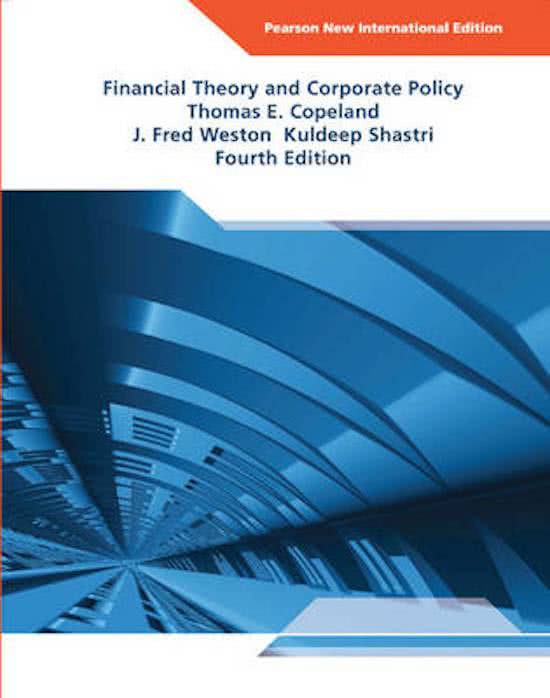Samenvatting
Summary Week 8 Working Capital Management
- Vak
- Instelling
- Boek
Explain the cash conversion cycle (CCC). Describe the CCC for your employer or company in an industry in which you're interested. What are some specific things that your company could do to decrease your cash conversion cycle? Let's be sure to describe, in pretty specific terms, the CCC for our com...
[Meer zien]





